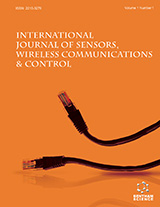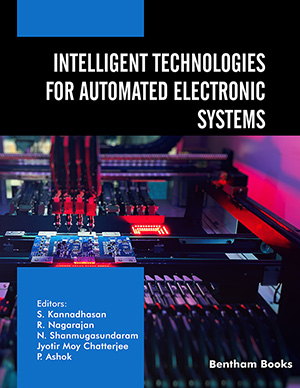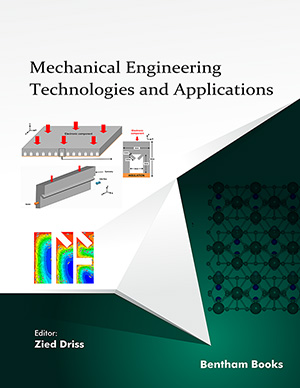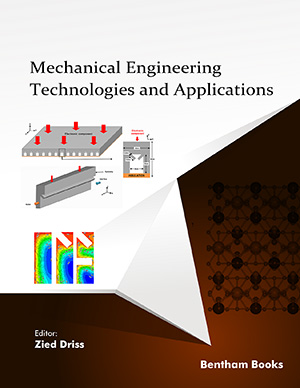Abstract
Background: In some applications, retaining the residual noise at a specified frequency can provide a better vehicle interior sound quality for occupant’s driving experience. The hybrid vibro-acoustic adaptive noise equalizer (HVA-ANE) algorithm introduces a sound retention factor on the basis of the hybrid vibro-acoustic filter-u, and filter-x least mean square (HVA-FUXLMS) algorithm to achieve control of the sound quality, but it is not possible to retain varying degrees of different frequency bands. The hybrid vibro-acoustic empirical-mode-decomposition frequencydomain block adaptive noise equalizer (HVA-EBANE) algorithm introduces Empirical-Mode- Decomposition (EMD) and frequency domain block methods to achieve different degrees of retention of noise in different frequency bands but cannot deal with the irrelevant frequency components in the error signal.
Objective: This paper proposes an improved active control algorithm for vehicle interior sound quality, the so-called hybrid vibro-acoustic EMD frequency-domain block FELMS (HVA-EBFELMS) algorithm.
Methods: Based on the filtered error, the least mean square algorithm and the residual filter of the specific frequency band are designed according to the psychoacoustic parameters of each component. The filter filters the irrelevant frequency components in the residual signal, and only retains the frequency components that have a great influence on the sound quality so as to achieve the regulation of the desired sound quality.
Results: In order to verify the effectiveness of our algorithm, we used the noise and vibration in the vehicle at idle speed as the object and compared the noise control effect with HVA-ANE and HVAEBANE algorithms considering the sound quality. The simulation experiment shows that our algorithm reduces the loudness of the ear-side noise by more than 40% while taking into account the noise and vibration control.
Conclusion: The loudness control effect of hybrid vibro-acoustic EMD frequency-domain block FELMS (HVA-EBFELMS) algorithm is better than HVA-ANE and HVA-EBANE algorithms; it has a better effect of improving loudness as well.
Keywords: Active noise control, hybrid vibroacoustic, FELMS algorithm, acoustic-vibration transfer function, sound quality, frequency-domain block.

























